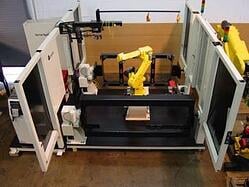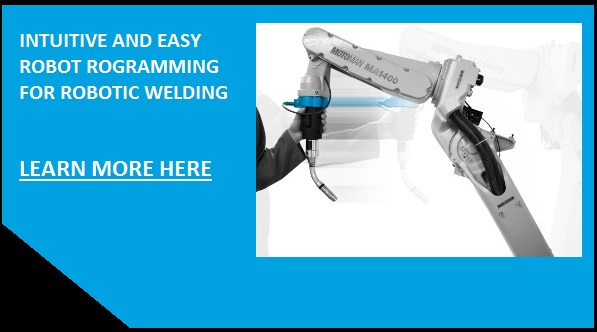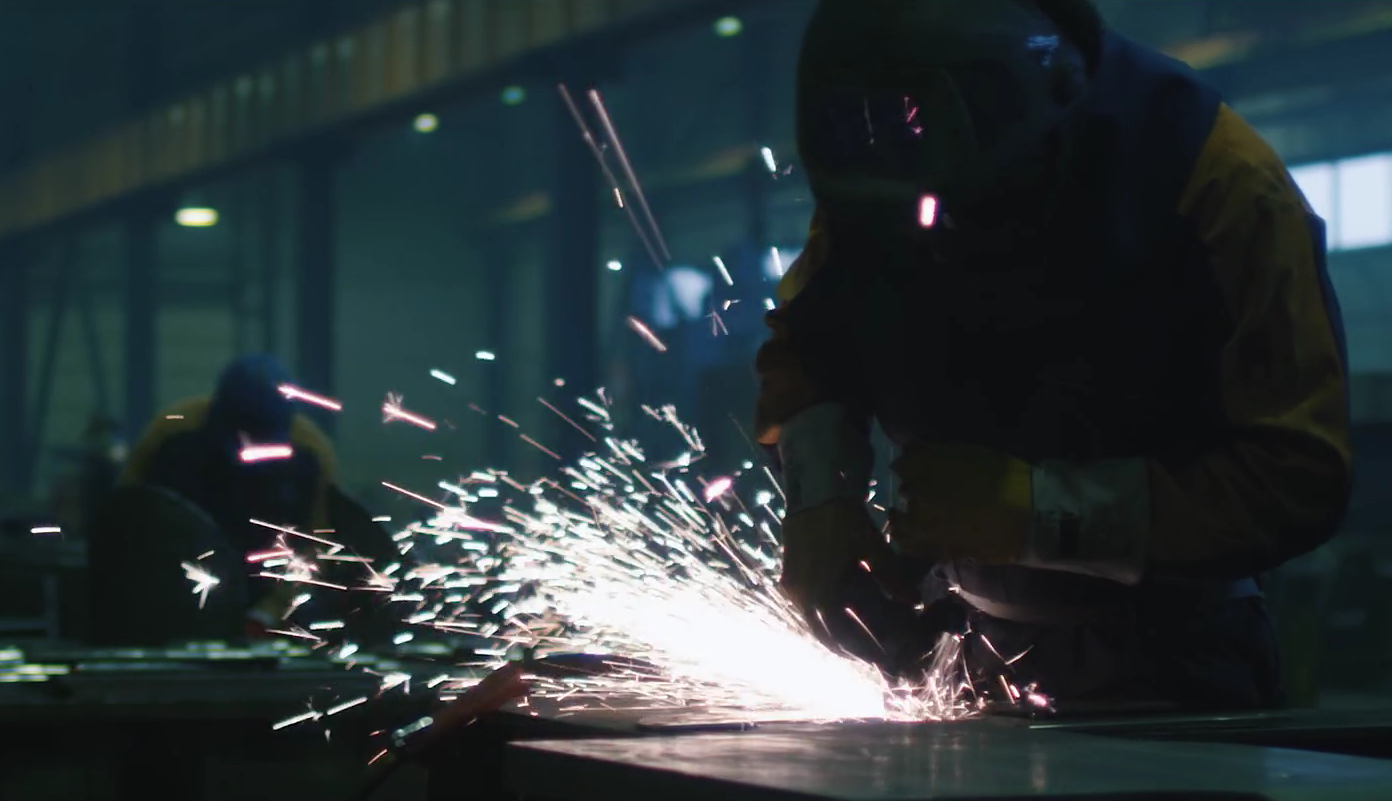Is Robotic Welding for Small Workshops?

Posted on Jan 13, 2014 11:58 AM. 4 min read time
Robotic welding is becoming more and more popular with manufacturing industries. This is mainly due to the repeatability, quality and effectiveness of these systems. However, a lot of people still think that this technology is only meant for large manufacturers with a high volume of production. During the last RIA webinar on advanced welding techniques, the panel of experts discussed this matter. They provided valuable information that might surprise you.
Pre-engineered Systems
 Robotic welding products now have pre-engineered systems that only require the operator to load and unload the parts being welded. These packages are completely integrated and programmed, so that the client just has to press the start button. So, when small manufacturers are saying that they don’t have the knowledge or skills to set up a robotic welding system, their robotic systems supplier can offer them a turnkey solution. Moreover, it is important to consider that the cost of this equipment is going down every year. This technology is now more affordable than in the past. However, if you are manufacturing small runs a pre-engineered systems is maybe not the perfect solution.
Robotic welding products now have pre-engineered systems that only require the operator to load and unload the parts being welded. These packages are completely integrated and programmed, so that the client just has to press the start button. So, when small manufacturers are saying that they don’t have the knowledge or skills to set up a robotic welding system, their robotic systems supplier can offer them a turnkey solution. Moreover, it is important to consider that the cost of this equipment is going down every year. This technology is now more affordable than in the past. However, if you are manufacturing small runs a pre-engineered systems is maybe not the perfect solution.
Enable Welders to Easily and Intuitively Program a Welding Robot
For job shops having a high mix of parts or a lot of different runs throughout the year, the robot programming must be as easy as possible. That is why Robotiq has a new solution for end users requiring a lot of changeovers related to their welding process: Kinetiq Teaching. Through this robotic add-on solution, end users are now able to teach the robot welder by demonstration and to program it easily via a touch screen teach pendant interface (that look likes a smartphone interface). There is then no need to have in-depth knowledge in programming to set the robotic welding application. The welder has only to leverage their welding knowledge and program the robot with the teach pendant intuitive interface.
See how it works on the following video.
Return On Investment
When talking about profit, the main concern for small companies is their return on investment. Entry level equipment can cost from $30,000 to $100,000 per year. When considering that a certain welding task might take 3 operators at a salary of, let say, $60,000, or $180,000 per year, a complete welding cell with one operator might cost about $90,000 a year, a bargan compared to $180,000. Therefore, the return on investment is about 200%! This example is for a robotic welding cell that would work five days a week. Fortunately, small manufacturers don’t have to use their system all week long or process hundreds of parts to get a good ROI. With only 2 or 3 days of operation the ROI is still over 50%.
Cost Justification

One last important thing to consider is the cost justification. A robotic welding system will increase your part quality and volume, as well as increasing the reliability of your production line. The cost of training the employee(s) will be eliminated or decreased considerably. Moreover, you should always think about the future since the number of available good welders is decreasing yearly. You should start thinking robotic since this trend is becoming more and more prevalent and you have to keep up with the competition.
Conclusion
Robotic technologies are going down price-wise and their popularity is increasing each year. So, in order to stay on top of the market, even small manufacturers should consider robotics. The benefits of robotic applications in welding are proven and you should take advantage of them. More new technologies are entering the market that allow small manufacturers to profit from robotics. As an example, Robotiq’s Kinetiq Teaching is a robotic device that helps with programming welding robots. All these new technologies can provide great advantages for small companies.








Leave a comment